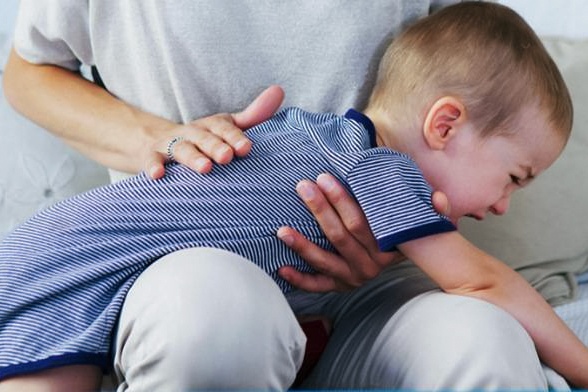
Choking children: what to do in 5-6 minutes?
Statistics confirm that choking is one of the primary causes of death in children.
As the NHS UK reports, choking children are mostly the ones aged from 1 to 5 because they are the ones that often put objects in their mouth. This is a normal part of their exploration of the world. But this can also happen when they eat.
What can probably take a child choking?
Swallowing peanuts, raisins, pieces of bread or snacks can be one of the causes. There are about 500 children in Europe who lose their lives every year.
In the case of choking children, the witnesses reaction is a state of anxiety – that we must defeat – and a passive observation of our child who needs breathing.
Choking children: first actions to perform
What to do? Well, first of all, it is crucial to call for help: knowing all the seasons of ER will not be enough to help somebody who is choking! Once you did this first step, you should practice Heimlich manoeuvre – or, in case of babies, airway obstruction manoeuvres -. If you are not able to do this, you can ask the dispatcher that you are calling to guide you.
Choking children: the emergency tracheotomy
What if none of this works? If the time passes by and none of the previous manoeuvres are turning out to be the solution, the paramedics may provide a cricothyroidotomy. It is a medical practice, and only medical personnel are authorized to perform it. The aim is to identify the area above the cricothyroid membrane on the victim’s neck.
That is known as the cricoid cartilage. The professional will practice an incision between the two protrusions, which must be horizontal and just over one centimetre. This incision must be kept until the patent breaths autonomously.
And then? What happens?
If the victim resumes spontaneous breathing, they can make sure that everything continues in the right direction. If that’s not what happens, you need to focus on insufflation and heart rate control. Upon the arrival of the rescue, the patient will undoubtedly be intubated and taken to the nearest hospital.


